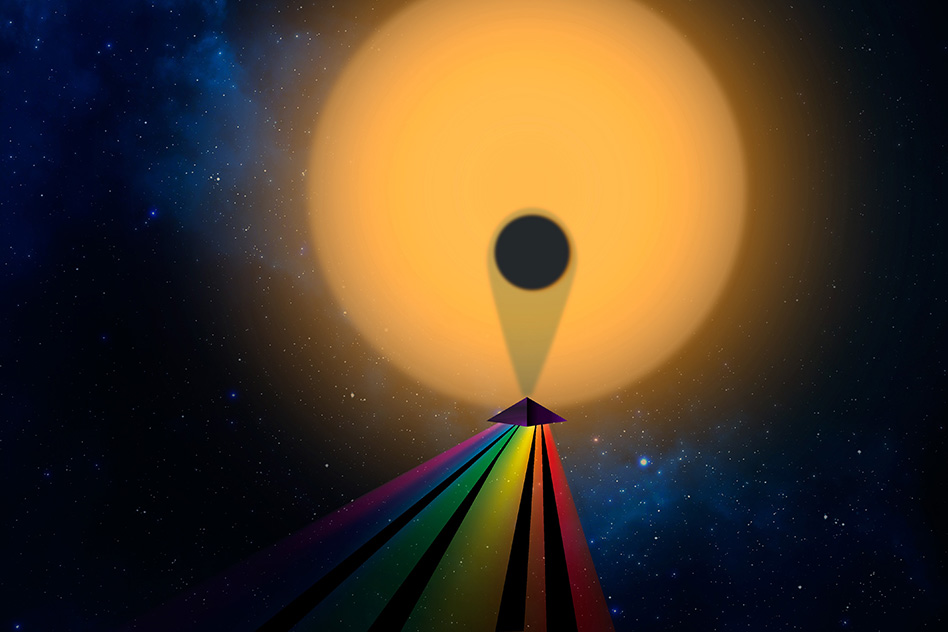Scientists have demonstrated that the capabilities of the James Webb Space Telescope are sufficient to detect methane, ammonia, and chlorofluorocarbon gases in the atmosphere of an exoplanet. These molecules are among the biomarkers, substances that could indicate the presence of life.

Biomarkers near other planets
The James Webb Space Telescope has the potential to detect signs of life in the atmosphere of a planet orbiting another star. A group of scientists recently reached this conclusion based on the belief that direct observation of biomarkers is a much more prominent indicator of life than radio signals.
Biomarkers are chemical substances associated with the activity of various organisms. They typically consist of either what animals and plants consume or what they produce.
Spectroscopy helps to observe these molecules from a vast distance. Most known exoplanets are discovered using the transit method, meaning that they periodically pass between us and their star. During this transit, their atmosphere absorbs a portion of the star’s light, providing information about the molecules it encountered along the way. By analyzing the spectrum, light can be divided into bright and dark regions corresponding to specific substances.
Is James Webb powerful enough?
The question is whether our astronomical instruments are powerful enough to identify clear lines in the spectrum from substances that exist in small quantities in a planet’s atmosphere. Traditionally, our capabilities in this regard have been considered limited.
However, since last year, the James Webb Space Telescope has been operational, equipped with several unique instruments. Therefore, scientists decided to simulate how visible biomarkers would be to this telescope under various conditions.
Researchers simulated five types of widely prevalent planets in space: an ocean world, a volcanically active world, a rocky world during asteroid bombardment, a super-Earth, and a complete analog of Earth.
Each exoplanet had its own characteristic atmosphere containing methane, ammonia, and chlorofluorocarbon gases. These substances can be considered biomarkers to some extent, as they are synthesized in both biological and abiotic processes. They are widespread enough and serve as a starting point for further investigations.
Research findings
The simulations showed that the ability of James Webb to detect biomarkers strongly depends on the thickness of the atmosphere. However, it would confidently detect methane and ammonia not only on super-Earths and other worlds with dense gas envelopes but also on Earth-like exoplanets.
In particular, the NIRSpec G395M/H instrument would require only 10 transits of the planet to confidently identify biomarkers. This differs significantly from the conclusions reached by another group of scientists slightly earlier. In any case, only direct observations will confirm which scientists are correct.
Based on materials from phys.org.

